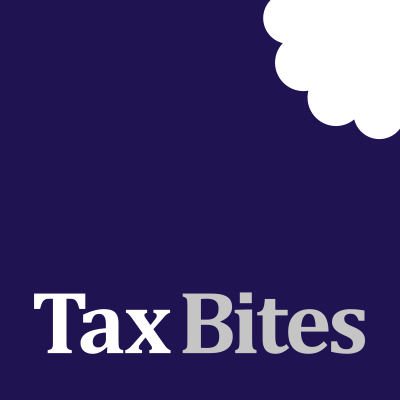
Buyers beware of an old stamp duty trap
25th October 2016
Posted in Articles, Business Tax, Corporation Tax by Andrew Marr
Consider the substantial increase in the stamp duty payable between these two similar situations.
On 5 May 2016, Large Company Plc agrees to buy all the shares in Big Company Ltd for:
- Option 1 – £10m + 3 x the pre-tax profits of Big Company Ltd for the year to 30 June 2016;
- Option 2 – £10m + 3 x the pre-tax profits of Big Company Ltd for the year to 30 June 2016 limited to £12m in total.
Stamp duty payable:
- Option 1 – £10m x 0.5% = £50,000
- Option 2 – £22m x 0.5% = £110,000
The issue
When consideration is unknown at the time of sale, the rules for working out the stamp duty payable by a purchaser of shares are somewhat strange. Depending on how a sale agreement is drafted, different amounts of stamp duty can be payable for what is essentially the same commercial transaction.
Stamp duty is only chargeable on consideration which is ‘ascertainable’ at the date of transfer. Although this point is not stated clearly in the legislation it is certainly HMRC’s view in their manuals (STSM021130).
If the instrument itself mentions no figure, but an amount can be ascertained when the document is signed, that is the value of the consideration for stamp duty purposes. The ascertainable amount may not be fixed, in which case the dutiable amount will be determined by the rule below.
The rules
- A stated amount which may vary up or down depending upon certain circumstances is the dutiable consideration.
- If the document states a minimum consideration, or a minimum consideration can be ascertained from the document itself, that will be the dutiable consideration.
- If the document states a maximum consideration, or a maximum consideration can be ascertained from the terms of the document, that will be the dutiable amount.
- If the document states, or there can be ascertained from its terms, both a maximum and a minimum consideration, the maximum will be the dutiable amount.
For stamp duty there is no reclaim mechanism (or additional charge) depending on what does or does not happen in the future. Particular care should therefore be taken to avoid creating unnecessarily high charges. Although stamp duty is only chargeable at 0.5%, costs can be significant on large transactions.
Advice
Therefore one tip is to avoid mentioning a maximum figure in a sale and purchase agreement when consideration is unknown.
Any limits that are required should be included without stating a maximum amount. For example this could be rephrased as ‘£10m +3 x the pre-tax profits of Big Company Ltd for the year to 30 June 2016 up to £4M + 0.0001% of profits over £4m’. This should once again only make £10m ascertainable.
In summary there will often be fairly straightforward ways to limit stamp duty without altering the commercial substance of a transaction.



